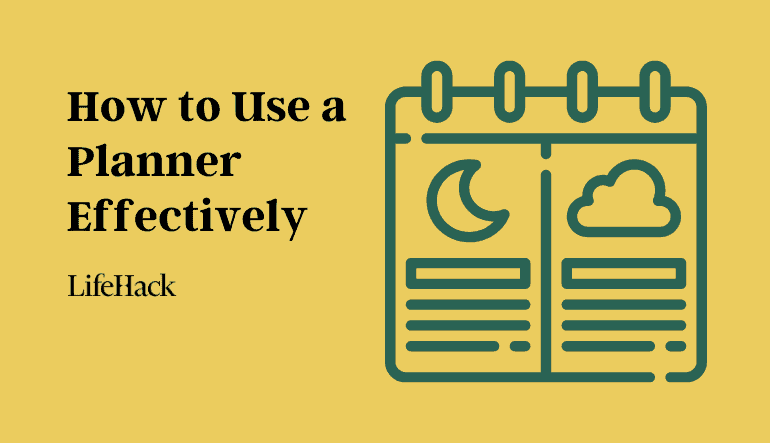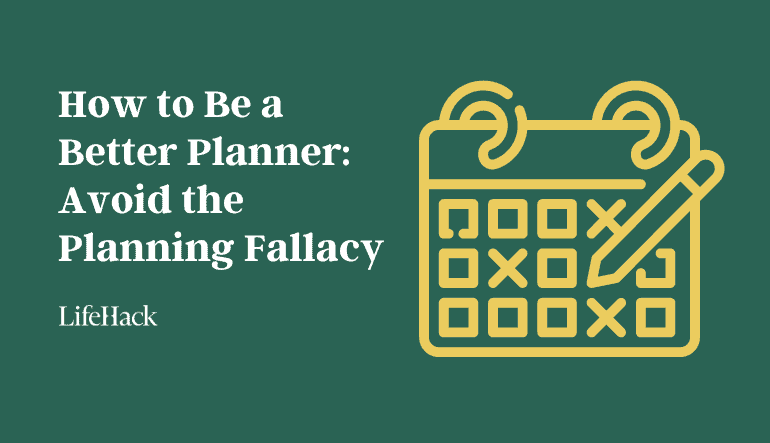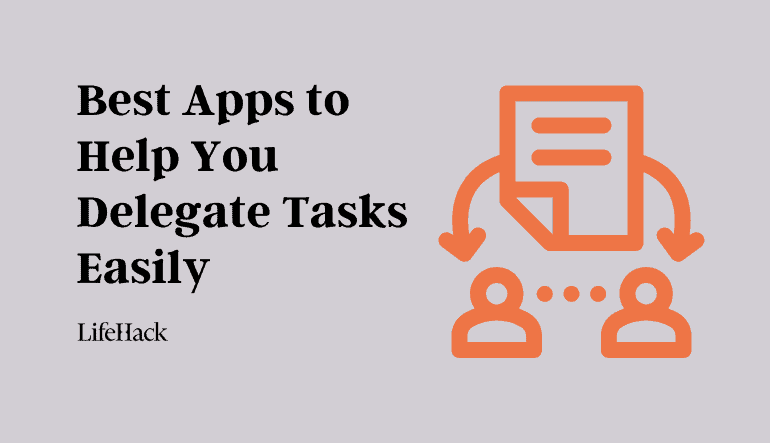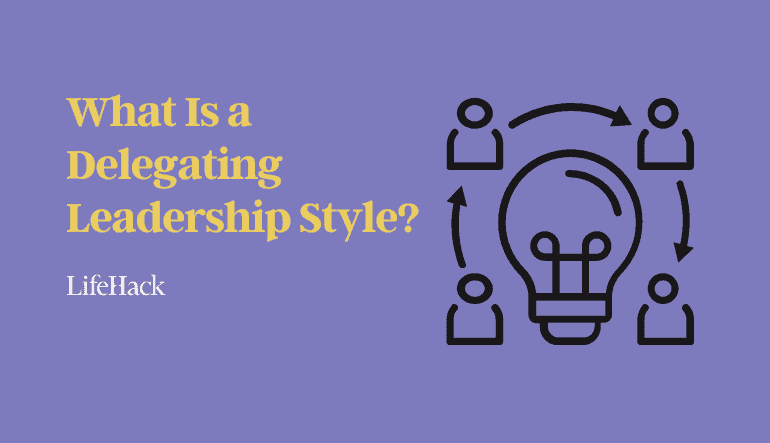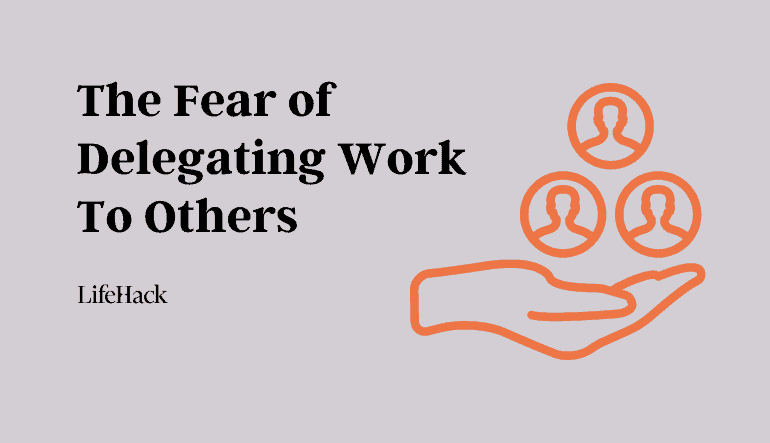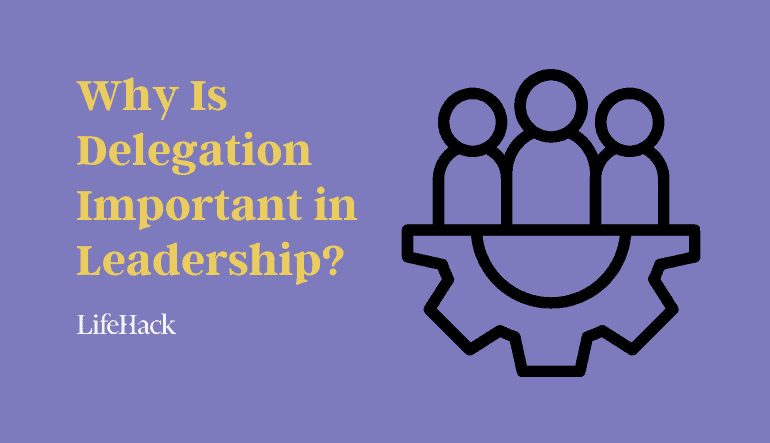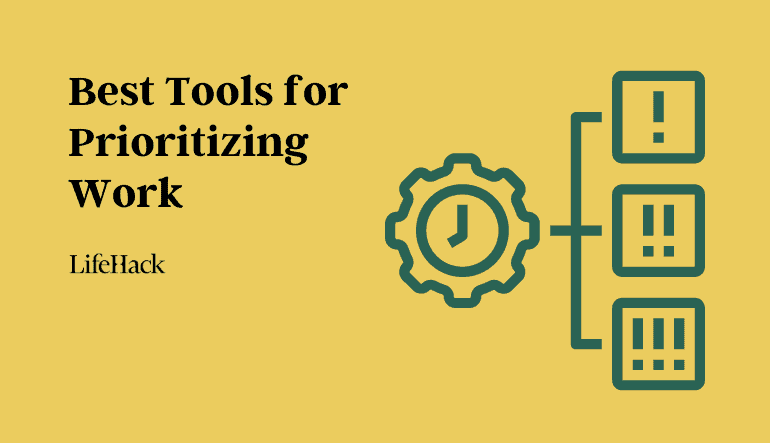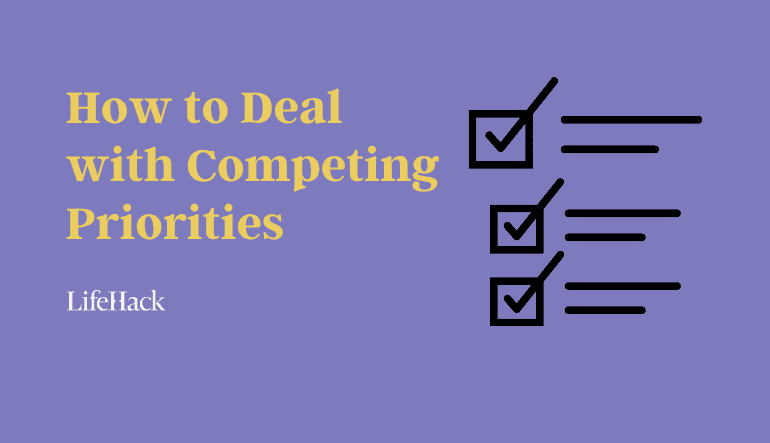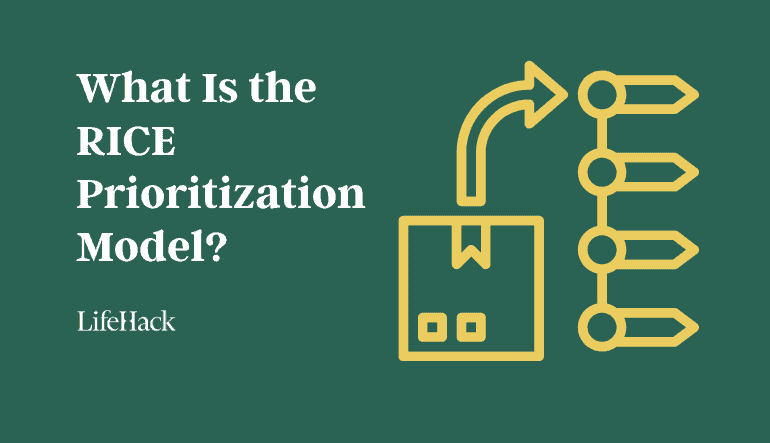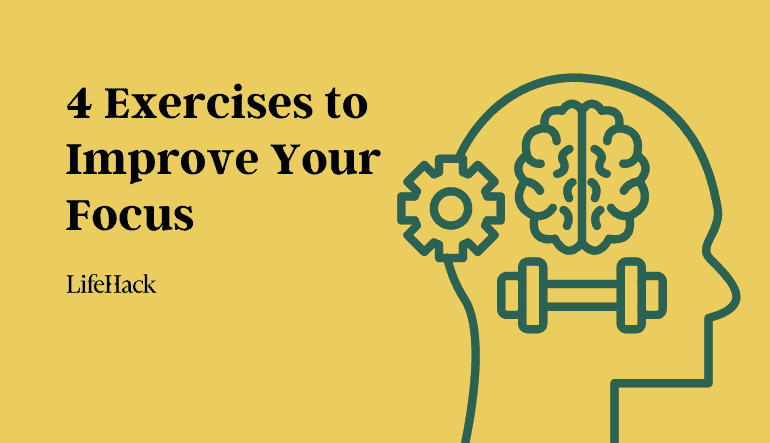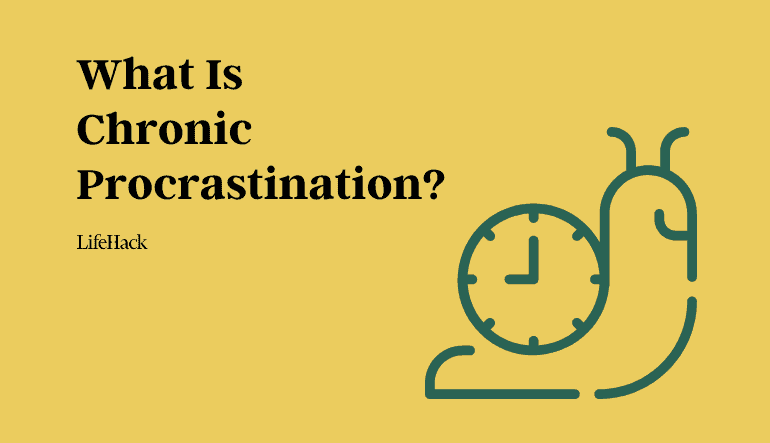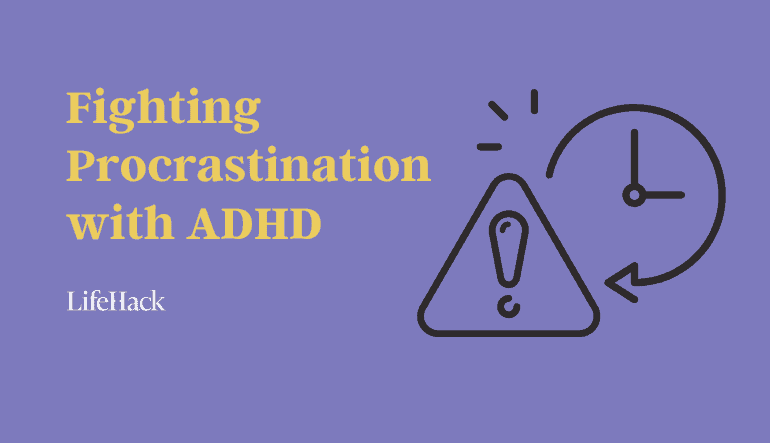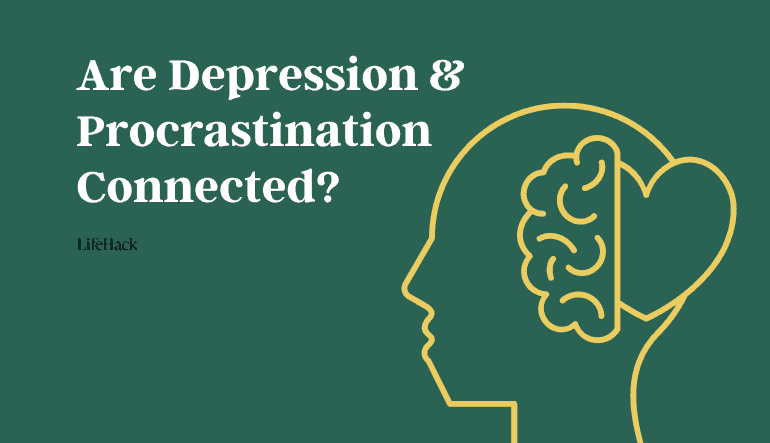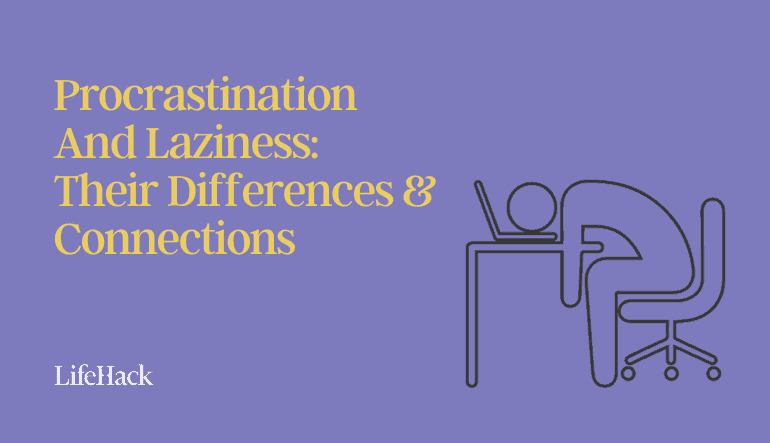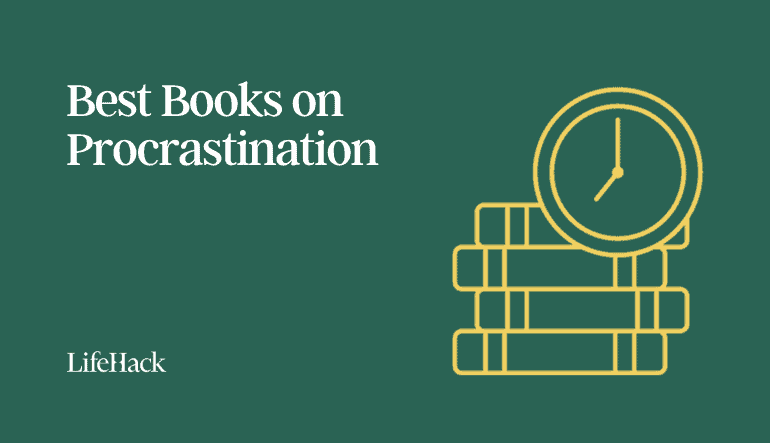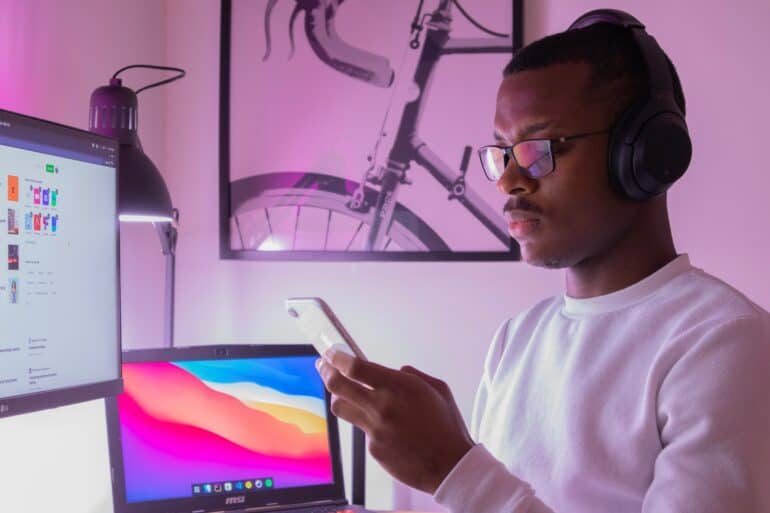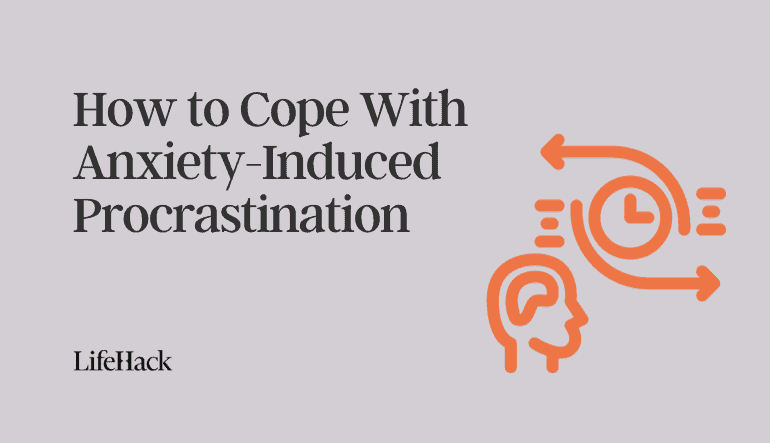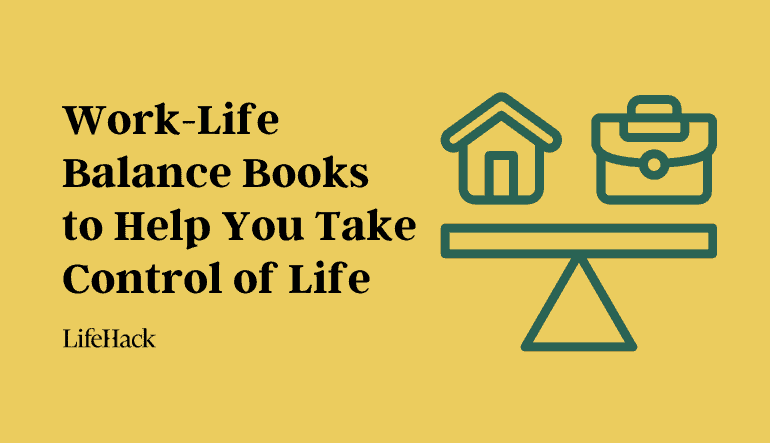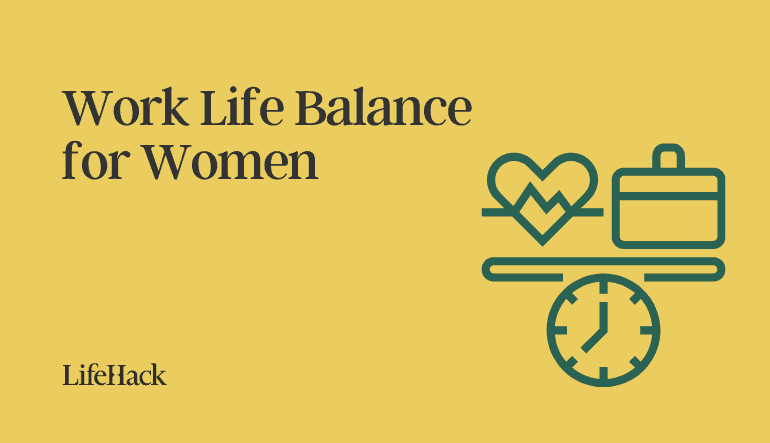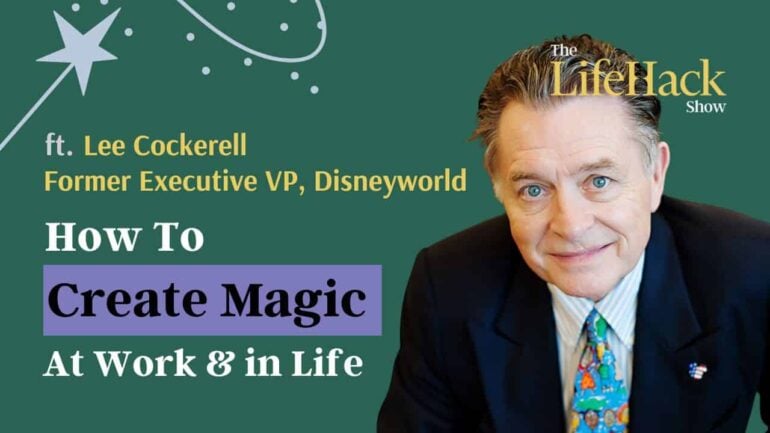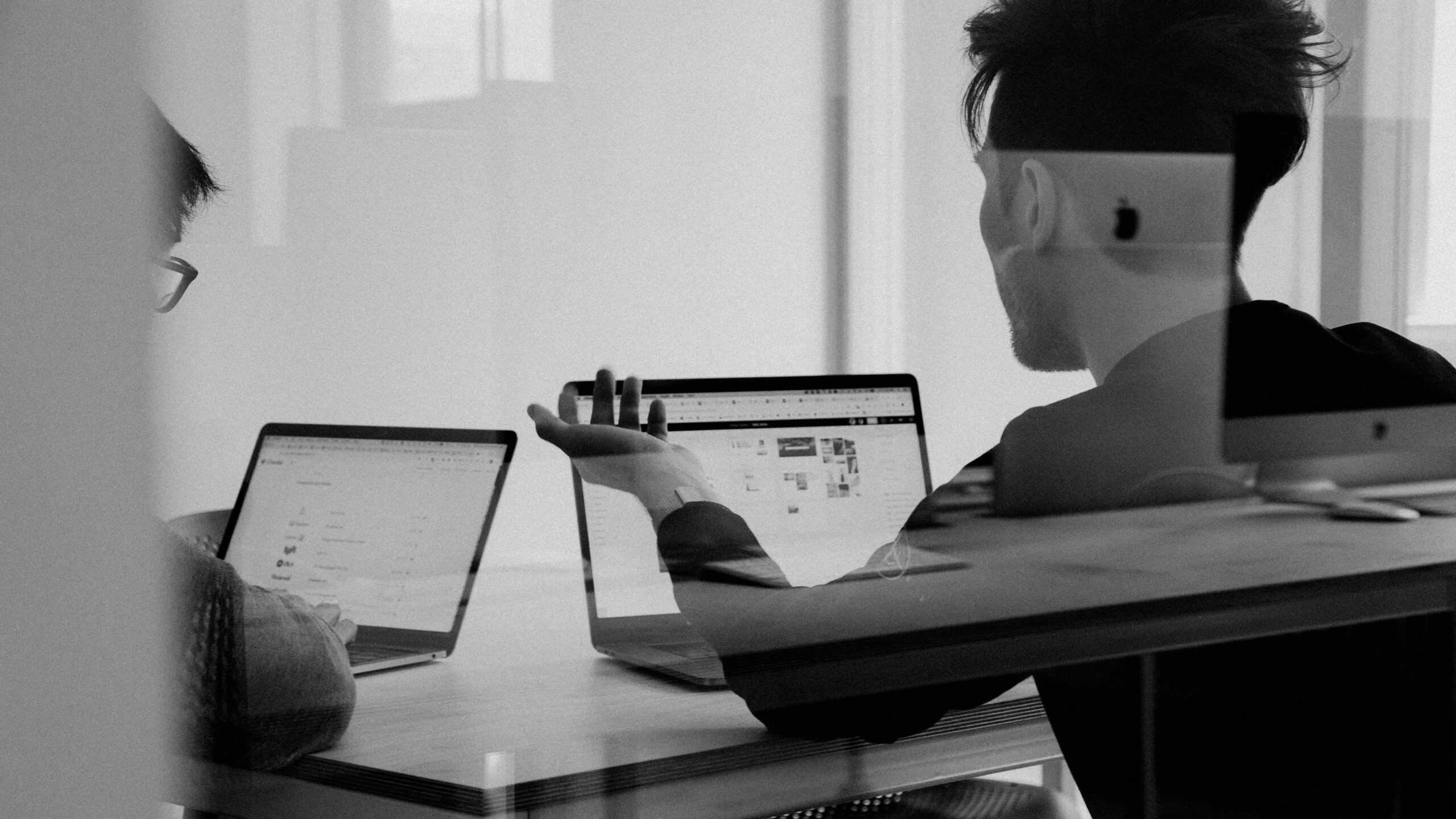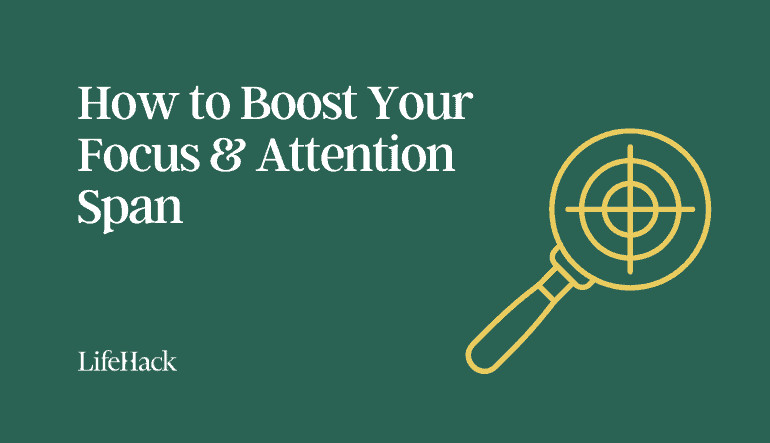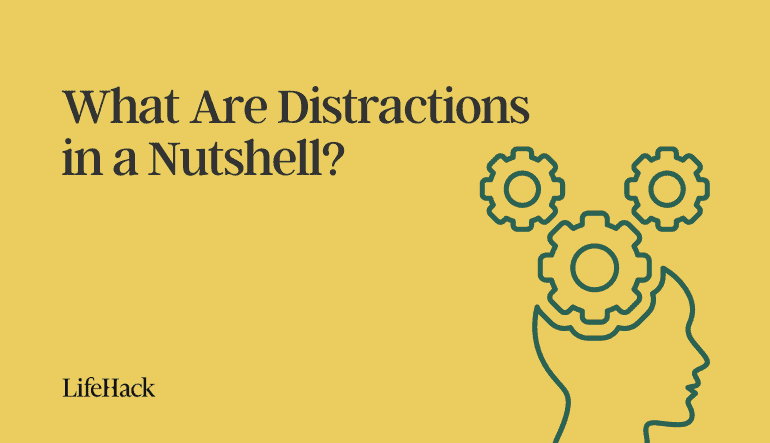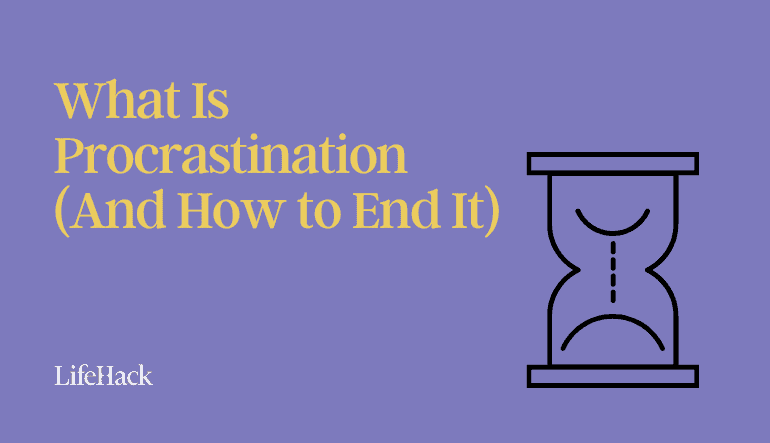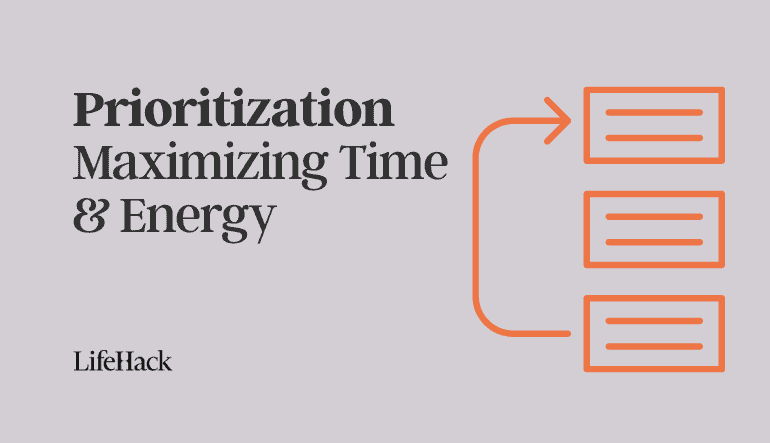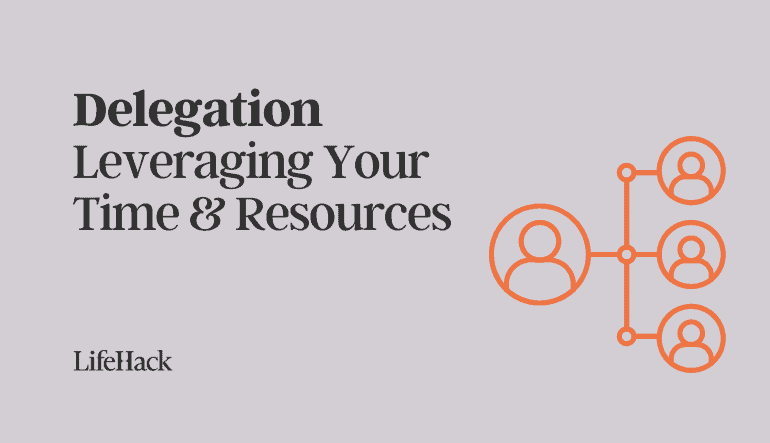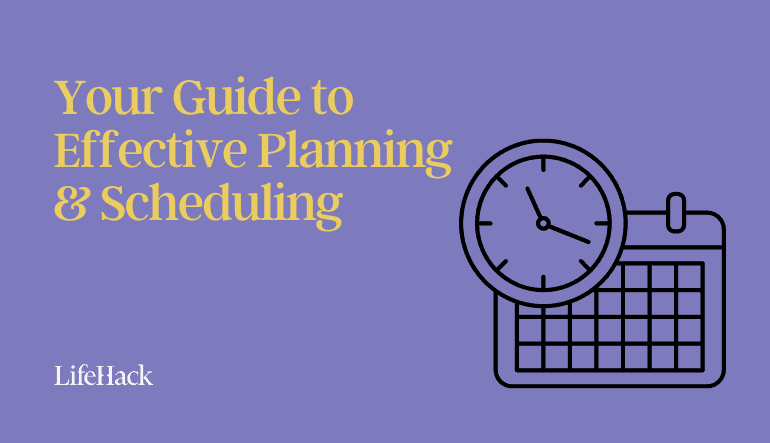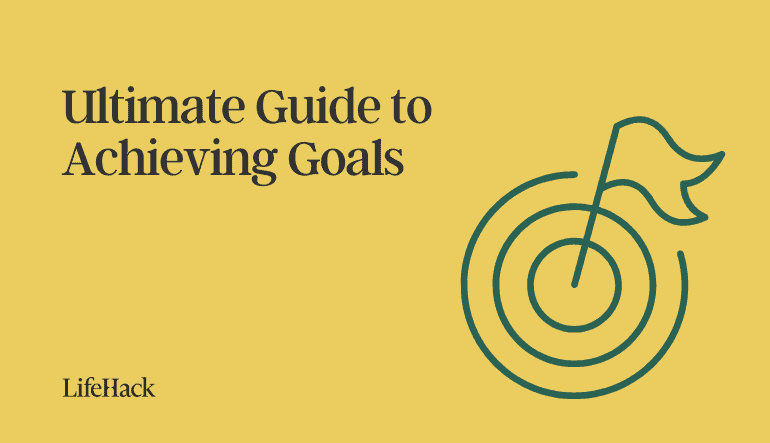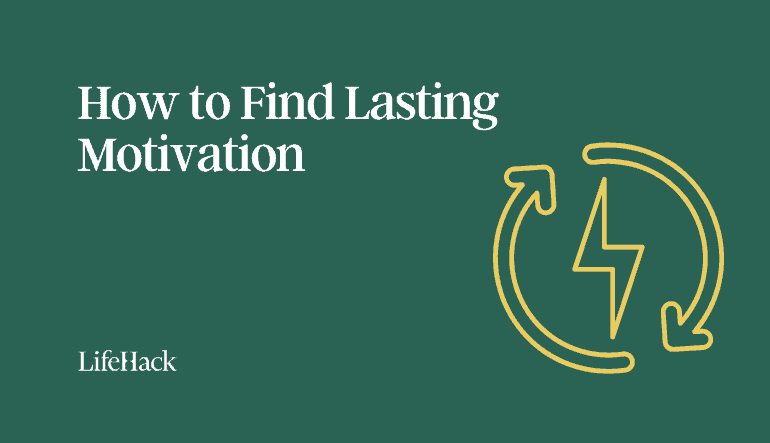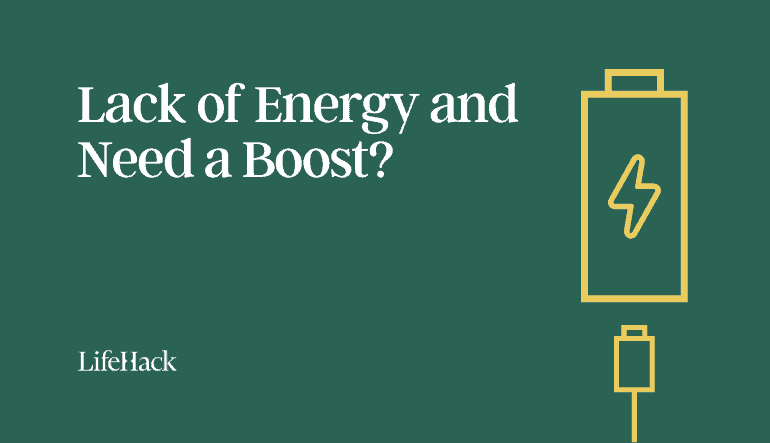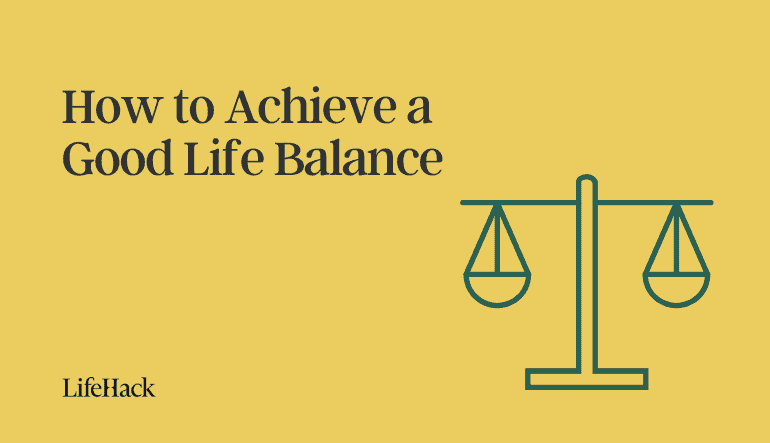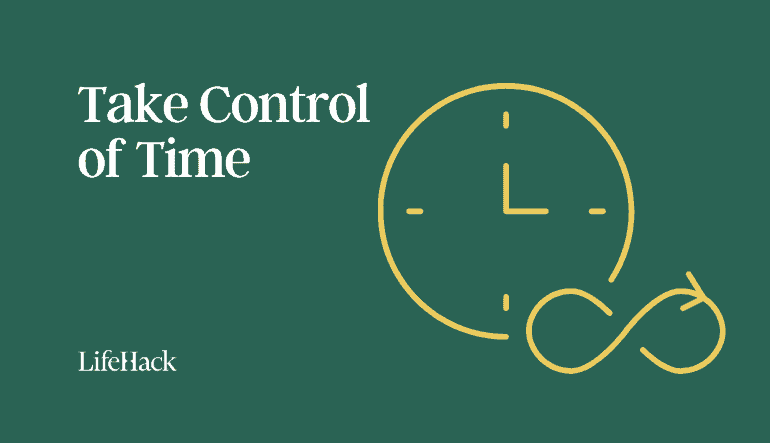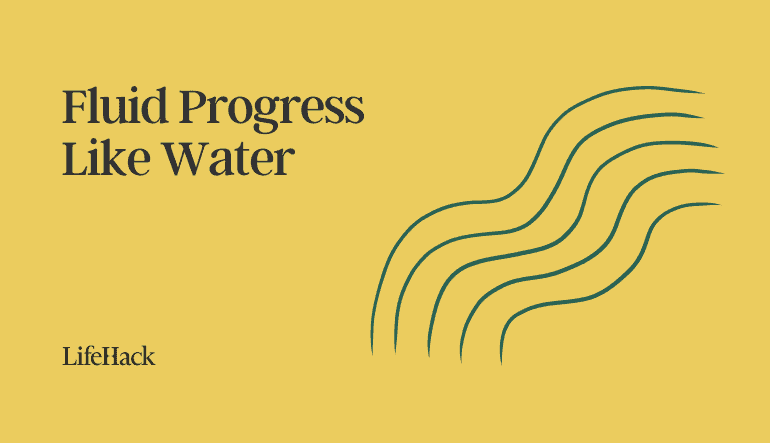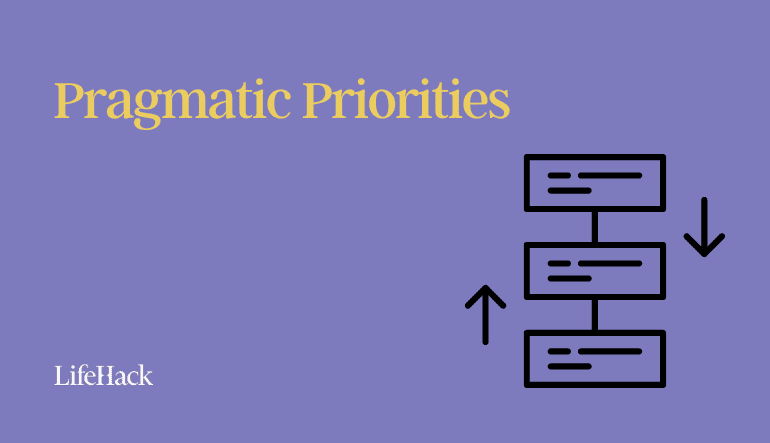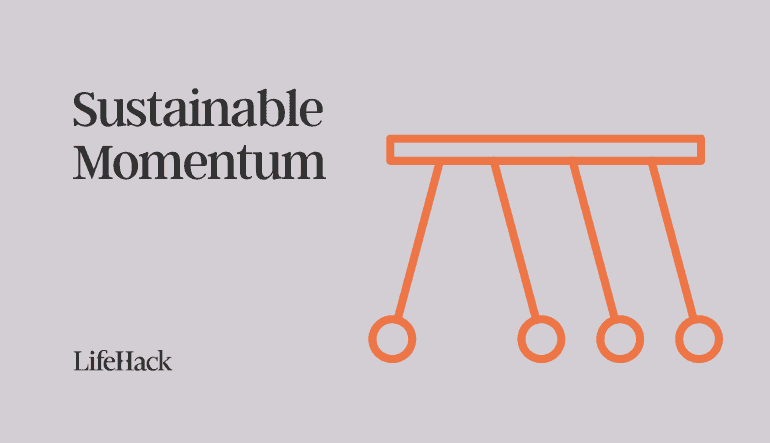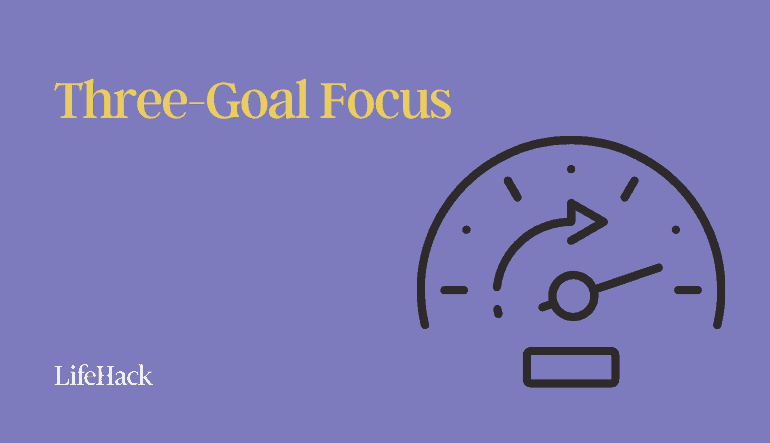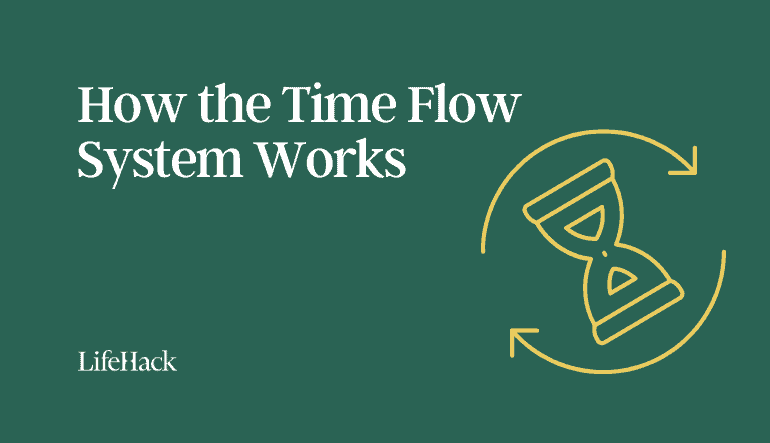TL;DR: Living means having needs. And having needs means there’s always a gap between “how things are” and “how we want them to be.” Closing those gaps? That’s literally problem-solving. You’re hungry, so you need food. You’re tired but have work tomorrow, so you need to balance rest and responsibility. Your phone battery is dying, your inbox is full, your friend needs help moving, and you haven’t figured out dinner yet.
Every single one of these is a problem, which means your brain is constantly in problem-solving mode. This isn’t a bug—it’s a feature of being alive. But here’s the good news: while you can’t eliminate all problems, you absolutely can learn to chill more reliably. I will explain why life feels this way and give you practical strategies to reduce needless stress without becoming irresponsible or checking out.
Why life feels like constant problem-solving
Understanding why your brain operates this way helps you work with it instead of against it. Here are five fundamental reasons life feels like an endless to-do list.
Evolution built us this way. Our ancestors who were really good at solving problems—finding food, building shelter, avoiding predators—survived long enough to pass on their genes. The ones who kicked back and ignored threats? They didn’t make it. Research on negativity bias confirms this: negative events have larger and longer-lasting effects than positive events of equal magnitude [1]. Your brain responds to threatening stimuli in under 200 milliseconds, but takes longer to process positive information [2]. In relationships, studies show you need a 5:1 ratio of positive to negative interactions just to maintain stability [3]. This ancient wiring means your brain is primed to notice gaps, threats, and problems before anything else. It’s not pessimism—it’s survival optimization that’s now running in a world where most “threats” aren’t actually life-threatening.
Your brain is a prediction machine. Neuroscientist Lisa Feldman Barrett, among the top 0.1% most cited scientists worldwide, describes the brain’s primary job as reducing uncertainty in an ever-changing world [4]. Your brain constantly generates predictions about what’s going to happen next—what you’ll see, feel, hear—and when reality doesn’t match those predictions, it creates what researchers call “prediction errors.” These mismatches feel like problems that need solving. Dropped coffee on your shirt? Prediction error. Meeting ran long and now you’re late? Prediction error. Every surprise, every deviation from expectation, registers as something your brain flags for attention and resolution. Karl Friston’s Free Energy Principle mathematically describes how the brain works as “an organ of statistics,” constantly trying to minimize these errors [5]. This predictive processing happens automatically, which means your brain is essentially scanning for problems 24/7, whether you consciously want it to or not.
Scarcity creates friction everywhere. Time, money, and energy are all limited resources. A 2024 study found that 40% of American adults couldn’t cover an unexpected $1,000 expense, creating a constant background hum of financial anxiety. When you don’t have enough time to do everything, you face trade-offs. When you don’t have enough money, every purchase becomes a calculation. When your energy is low, even simple tasks feel like mountains. These constraints create an endless stream of resource-allocation problems: Can I afford this? Do I have time for that? Can I handle one more thing today? The friction of finite resources means life becomes a series of optimization problems, and that’s exhausting.
Problem-solving gives life meaning. Here’s the paradox: while constant problem-solving feels draining, removing all problems would actually feel worse. Research on flow states by Mihály Csíkszentmihályi reveals that our most satisfying moments come when we’re completely absorbed in challenging activities that match our skill level. Flow states are three times more likely to occur during work than recreation [6]. Without problems to solve, we get bored, restless, and lose our sense of purpose. Learning provides dopamine hits. Overcoming challenges builds competence. Creating solutions feels meaningful. Your brain actually seeks out problems because solving them is how you grow. The issue isn’t problem-solving itself—it’s the ratio of meaningful challenges to mundane annoyances, and the lack of control over which problems land on your plate.
Social systems create obligations. Jobs come with deadlines, meetings, and performance expectations. Relationships require communication, compromise, and maintenance. Institutions need paperwork, schedules, and compliance. Your landlord expects rent. Your family expects presence. Your friends expect responses. Modern life embeds you in overlapping systems that generate continuous obligations. Each obligation is, functionally, a problem: “How do I meet this expectation?” These aren’t bad things—connection and structure provide value—but they do create a steady stream of tasks that need managing. You’re not just solving problems for yourself; you’re solving them for everyone counting on you.
Can humans actually chill?
Yes. Emphatically, yes. But “chill” isn’t a personality trait or lucky circumstance—it’s a skill you can build. You can’t permanently eliminate all problems (you’re alive, so gaps will exist), but you can absolutely do two things: reduce the number of unnecessary problems you create or tolerate, and change your relationship to the inevitable ones.
Think of it like fitness. You can’t eliminate the need for your body to move, but you can get better at moving efficiently and with less pain. Same with problem-solving. The goal isn’t to stop solving problems altogether. The goal is to solve fewer pointless ones, solve necessary ones more smoothly, and develop the capacity to remain calm while doing so.
High-impact moves: Do these first
These five strategies give you the most relief for the least effort. Start here before getting fancy with optimization.
Define what “chill” actually means to you. Most people pursue a vague feeling rather than a clear target. Get specific. Does “chill” mean having fewer obligations on your calendar? A calmer mind with less anxiety? More unstructured free time? Less financial stress? Clarity on your goal determines which strategies matter most. Write down your version of “chill” in concrete terms: “I want to say yes to only one social event per weekend” or “I want to stop worrying about money between paychecks” or “I want my evenings free from work email.” Specific targets make progress measurable.
Automate and remove decisions. American adults make an estimated 35,000 decisions daily, and research on decision fatigue shows that quality deteriorates as the day progresses. In a famous study of judge parole decisions, approval rates dropped from approximately 65% in the morning to nearly zero by late afternoon—similar cases received dramatically different outcomes based on time of day [7]. Every decision uses mental resources, which means automating routine choices frees up bandwidth for things that matter. Set up automatic bill payments. Subscribe to groceries you buy every week. Plan your meals once for the whole week. Create a work uniform or capsule wardrobe so you’re not choosing outfits daily. Establish a morning routine you don’t think about. These small automations can reduce your decision load by 40-60%, preserving energy for genuinely important choices.
Build a small financial buffer, even $1,000. Money problems create some of the most persistent stress because they touch everything. Groundbreaking 2025 research from Vanguard studying over 12,400 participants found that having just $2,000 in emergency savings correlated with a 21% increase in financial well-being and 47% lower stress levels compared to those without savings. People without emergency funds spent 7.3 hours per week worrying about finances, versus 3.7 hours for those with $2,000 or more. Even a modest buffer transforms how you experience unexpected expenses—from existential threat to manageable inconvenience. Start with $500, then $1,000, then work toward $2,000. The psychological relief is disproportionate to the amount.
Set firm boundaries and practice saying no. Research published in the Journal of Personality and Social Psychology found that clear boundaries correlate with 62% higher life satisfaction and 47% lower stress levels. Yet 74% of adults reported feeling overwhelmed at some point in the past year. Most people chronically overcommit because saying no feels uncomfortable. But every yes to something unimportant is a no to your own capacity to chill. Practice polite refusals: “I appreciate you thinking of me, but I can’t take that on right now.” “That doesn’t work for my schedule.” “I’m not available.” No explanation required. Boundaries aren’t walls—they’re guidelines for how you allocate your finite resources. The initial discomfort fades quickly, but the relief compounds.
Delegate and outsource low-value tasks. When your time is worth more than the cost of a service, outsourcing isn’t indulgent—it’s strategic. If you make $30/hour at work and hate cleaning, paying $25/hour for a cleaner isn’t frivolous when it buys back time and mental energy. Same with grocery delivery, meal kits, laundry services, or hiring someone to handle tasks you find draining. Calculate what your time is worth, then evaluate whether certain tasks are worth doing yourself. Sometimes “I can’t afford it” is code for “I haven’t calculated whether I can afford not to.” Even delegation within your household or workplace counts—you don’t have to be the one solving every problem just because you can.
Create friction-free habits with single-choice systems. Decision fatigue research points to a solution: make one decision that eliminates hundreds of future decisions. Eat the same breakfast every morning. Wear a limited wardrobe of clothes you’ve already decided work well together. Choose a default meal plan where you eat the same few dinners in rotation. Shop from a standing grocery list that doesn’t require rethinking. These systems sound boring but feel liberating—you’re not choosing the same thing repeatedly, you’re not choosing at all. The mental space freed up is remarkable, and you can always break the pattern when inspiration strikes. The routine is the default; variety becomes intentional rather than mandatory.
Turn problem-solving into restful activity
Some problems are restorative rather than depleting when approached correctly.
Seek flow: creative work, sports, crafts. Remember that research finding that flow states occur three times more often during work than recreation? The trick is finding activities with the right challenge-skill balance. When a task is too easy, you’re bored. Too hard, and you’re anxious. Right in the middle—where it’s challenging but achievable—you enter flow, losing track of time and self-consciousness. This is where problem-solving becomes genuinely restorative. Cooking a complex recipe. Playing an instrument. Building something with your hands. Rock climbing. Writing. Gaming at the right difficulty level. These activities are technically “solving problems,” but they’re voluntary, intrinsically rewarding, and leave you energized rather than depleted. The key is autonomy—you choose the challenge—and clear feedback loops that create a sense of progress.
Make rest intentional, not just leftover time. Most people treat rest as whatever’s left after obligations, which means it’s often interrupted, guilt-tinged, or low-quality. Flip the script: schedule downtime with the same seriousness as you schedule meetings. Block out Sunday mornings for absolutely nothing. Reserve Friday evenings for no-task-list activities. Protect these windows fiercely. When rest is intentional, you’re not “wasting time”—you’re actively restoring capacity. Give yourself full permission to do genuinely nothing or engage in purely pleasurable activities (reading fiction, long baths, napping, watching something fun) without attaching productivity value to it. Rest isn’t earned; it’s a fundamental need like food and sleep.
Quick micro-habits to try today
Want to start immediately? These require almost no setup and create instant, measurable effects.
2 minutes: 4-4-4 breathing. Inhale for 4 seconds, hold for 4 seconds, exhale for 4 seconds. Repeat for 2 minutes. This activates your parasympathetic nervous system, physically shifting you from stress mode to calm mode [8]. Do it when you wake up, before a stressful task, or when anxiety spikes.
10 minutes: walk without your phone. Leave your phone behind (or keep it in your pocket on silent) and walk around your neighborhood or office building. Notice five specific things—textures, colors, sounds, smells. This combines physical stress relief with mindfulness, breaking rumination patterns.
Evening: decide tomorrow’s outfit and breakfast tonight. Eliminate two morning decisions before they happen. Put your clothes out. Decide what you’ll eat. Your morning brain will thank you, and you’ll start the day with less decision fatigue.
Digital: turn off nonessential notifications for 24 hours. Not all notifications—just the ones that don’t require immediate response. Social media, news, promotional emails. Give yourself one day where your attention isn’t constantly interrupted. Notice the difference in your mental state. Consider making it permanent for some apps.
A realistic promise
You can’t remove problems from your life forever. Living means having needs, which means solving problems. That’s not changing.
Here’s what you absolutely can do: remove many avoidable problems by decluttering obligations, automating decisions, and setting boundaries. Reduce your stress response to inevitable problems through reframing, mindfulness, and physical reset practices. Build systems—financial buffers, routines, outsourcing—that make necessary problems easier to solve. Cultivate flow states where problem-solving becomes restorative rather than depleting. Protect intentional rest so you’re operating from capacity rather than constantly depleted.
The difference between feeling like you’re drowning in problems and feeling like you’re capable of handling what comes at you isn’t usually about the number of problems—it’s about your relationship to them, your systems for addressing them, and the ratio of meaningful challenges to pointless friction.
Small changes compound. Automating five decisions frees up bandwidth. Saving $1,000 transforms financial anxiety. Saying no to two obligations creates breathing room. Walking for 20 minutes shifts your physiology. Each intervention is modest, but together they create a life where problem-solving happens on your terms more often than it feels imposed on you.
That’s what “chill” actually means: not the absence of problems, but the presence of capacity, agency, and calm in how you approach them.
Reference
| [1] | ^ | Review of General Psychology: Bad is Stronger than Good |
| [2] | ^ | Nature Neuroscience: A fast pathway for fear in human amygdala |
| [3] | ^ | Journal of Marriage and the Family: Predicting marital happiness and stability from newlywed interactions |
| [4] | ^ | Social Cognitive and Affective Neuroscience: The theory of constructed emotion: an active inference account of interoception and categorization |
| [5] | ^ | Philosophical Transactions of the Royal Society B: Active interoceptive inference and the emotional brain |
| [6] | ^ | Journal of Personality and Social Psychology: Optimal experience in work and leisure |
| [7] | ^ | Proceedings of the National Academy of Sciences: Extraneous factors in judicial decisions |
| [8] | ^ | Frontiers in Human Neuroscience: How Breath-Control Can Change Your Life: A Systematic Review on Psycho-Physiological Correlates of Slow Breathing |
